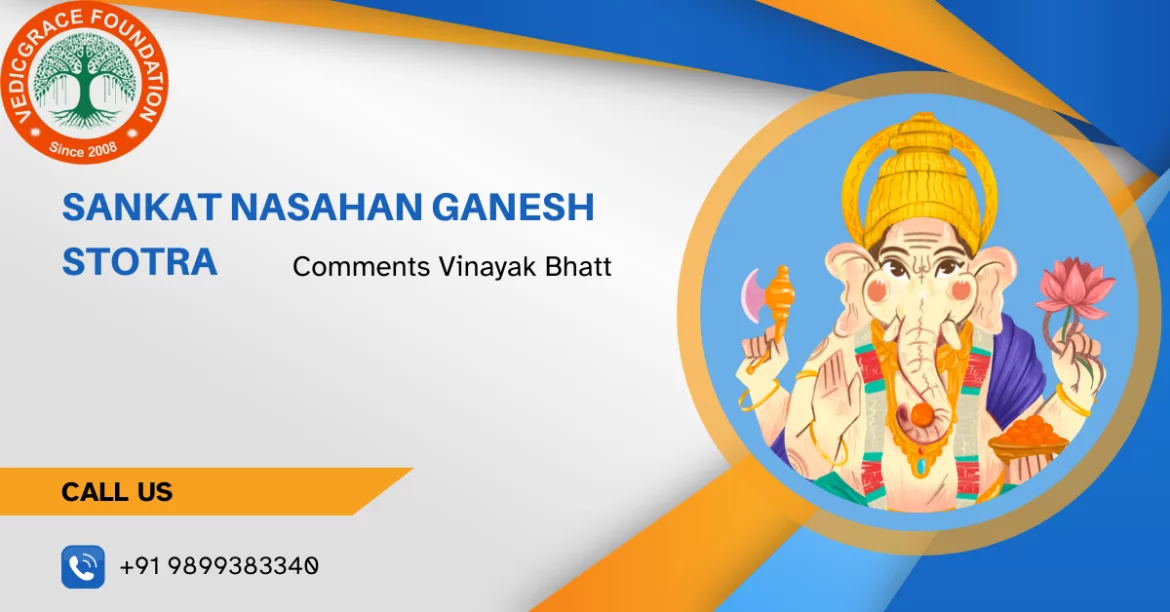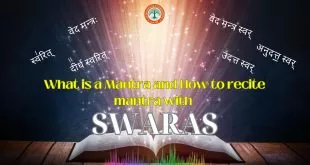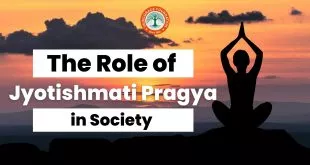
Sankat Nasahan Ganesh Stotra is not only a hymn for removing obstacles and difficulties in life, but also a way of attaining higher consciousness and spiritual growth. Consciousness is the state of being aware of oneself and one's surroundings. It is also the essence of our true nature, which is beyond the limitations of the body and mind.
Lord Ganesha is the embodiment of consciousness, as he represents the supreme self (Atman) that pervades all beings and things. He is also the lord of wisdom, intelligence, and creativity, which are the attributes of a higher consciousness. By chanting his names and meditating on his form, we can awaken our own consciousness and realize our true potential.
The stotra begins with bowing to Ganesha as the son of Gauri (Parvati) and Vinayaka (the leader of all). This signifies surrendering our ego and acknowledging his supreme authority over all creation. It also implies that he is the source of all auspiciousness and grace, as he is born from the union of Shiva (consciousness) and Shakti (energy).
The stotra then describes the 12 names of Ganesha, each highlighting a different aspect of his personality and power. By reciting these names, we invoke his blessings and protection in various spheres of life. We also align ourselves with his qualities and virtues, such as:
Vakratunda: The one with a curved trunk, which symbolizes his ability to overcome any obstacle or challenge with ease and flexibility.
Ekadanta: The one with a single tusk, which symbolizes his focus and concentration on his goals and tasks. He also uses his tusk to write the Vedas, the scriptures of eternal wisdom.
Krishnapingaksha: The one with black and brown eyes, which symbolize his omniscience and compassion. He sees everything clearly and impartially, without any bias or attachment. He also cares for all beings as his own children.
Gajavaktra: The one with an elephant face, which symbolizes his strength, power, and dignity. He is the king of the elephants, who are known for their loyalty, intelligence, and memory. He also has a gentle and playful nature, which makes him beloved by all.
Lambodara: The one with a big belly, which symbolizes his generosity, abundance, and contentment. He is the lord of wealth and prosperity, who grants all kinds of material and spiritual riches to his devotees. He also has a great appetite for life and enjoys all its pleasures without any guilt or attachment.
Vikata: The one who is formidable or terrifying, which symbolizes his courage, confidence, and authority. He is the lord of obstacles, who can create or remove them according to his will. He also instills fear in the wicked and evil forces, who dare not harm his devotees.
Vighnaraja: The king of obstacles, which symbolizes his sovereignty and mastery over all situations and circumstances. He is the remover of obstacles, who clears the path for his devotees to achieve their goals and aspirations. He also creates obstacles for those who are arrogant or ignorant, to teach them humility and wisdom.
Dhumravarna: The one who is smoke-colored or grayish, which symbolizes his detachment and transcendence from the worldly illusions and attachments. He is the lord of yoga or union with the supreme self, who guides his devotees to attain liberation from the cycle of birth and death. He also represents the state of samadhi or superconsciousness, where one experiences bliss and peace.
Bhalachandra: The one who has a crescent moon on his forehead, which symbolizes his coolness, calmness, and creativity. He is the lord of arts and sciences, who inspires his devotees to express their talents and skills in various fields. He also represents the waxing and waning phases of life, where one learns to accept change and growth gracefully.
Vinayaka: The remover of sins or obstacles, which symbolizes his benevolence, forgiveness, and grace. He is the lord of success and auspiciousness, who bestows good fortune and happiness to his devotees. He also removes their sins or negative karma by purifying their minds and hearts.
Ganapati: The lord of all ganas or attendants, which symbolizes his leadership, teamwork, and service. He is the lord of harmony and unity, who brings together all beings in a spirit of cooperation and friendship. He also serves as the chief attendant of Lord Shiva (his father), who is the supreme lord of destruction
Gajanana: The one who has an elephant head, which symbolizes his uniqueness, individuality, and originality. He is the lord of diversity and variety, who celebrates the differences and similarities among all beings. He also represents the integration of the animal and human nature, which leads to a balanced and holistic personality.
The fifth verse says that whoever recites these 12 names thrice a day will not have any fear of obstacles and will attain all kinds of success by the grace of the lord. This implies that by chanting these names, we invoke the presence and power of Ganesha in our lives, and he protects us from all dangers and difficulties. He also grants us the fulfillment of our desires and aspirations, according to our merit and destiny.
The sixth verse says that by reciting this stotra, a student will gain knowledge, a seeker of wealth will gain wealth, a seeker of son will gain son, and a seeker of liberation will gain liberation. This implies that by reciting this stotra, we align ourselves with the divine will and purpose of Ganesha, and he blesses us with the appropriate rewards and results for our efforts and actions. He also helps us to achieve our goals and dreams in various domains of life, such as education, career, family, and spirituality.
The seventh verse says that whoever recites this stotra for six months will attain his desired result, and whoever recites it for a year will attain perfection. There is no doubt about this. This implies that by reciting this stotra regularly and sincerely, we cultivate a strong bond and devotion with Ganesha, and he responds to our prayers and wishes in a timely and perfect manner. He also helps us to attain perfection or excellence in whatever we do, by enhancing our skills and abilities.
The eighth verse says that whoever writes this Sankat Nasahan Ganesh Stotras and offers it to eight Brahmins will attain all kinds of knowledge by the grace of Ganesha. This implies that by writing this stotra and sharing it with others, we spread the glory and wisdom of Ganesha to the world, and he rewards us with all kinds of knowledge and insight. He also helps us to learn from others and teach others, by creating a network of mutual learning and sharing.
 Vedic Grace Foundation Vedic Grace Foundation
Vedic Grace Foundation Vedic Grace Foundation





